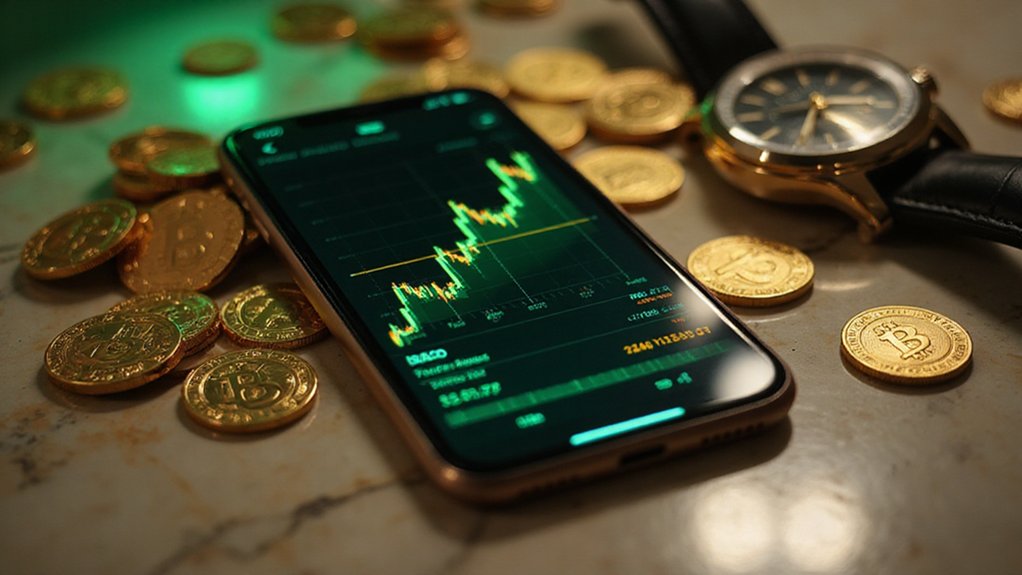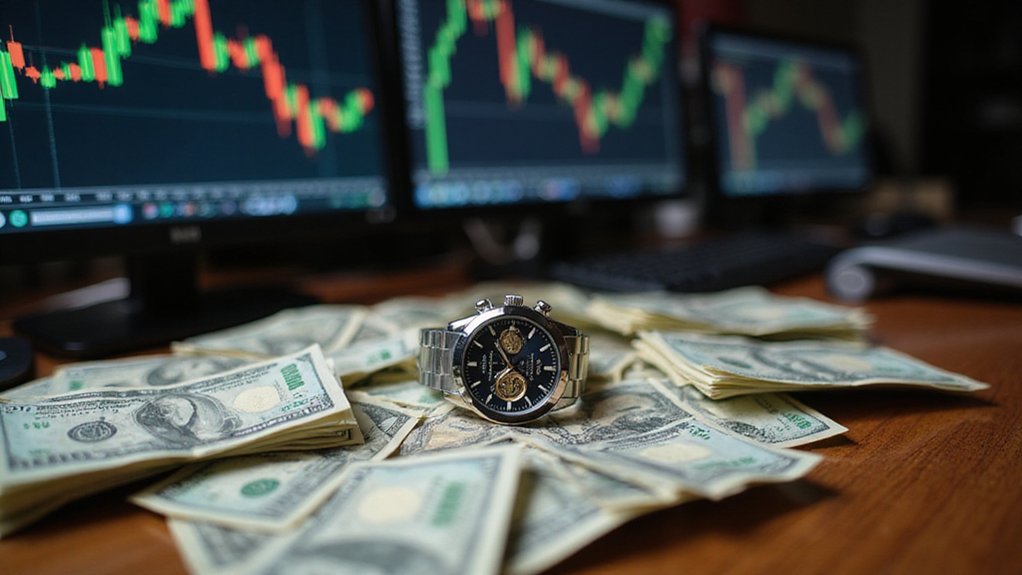While cryptocurrency enthusiasts have witnessed countless “breakout” narratives that ultimately fizzled into market footnotes, Dogecoin‘s recent breach of the $0.26 resistance level has rekindled familiar whispers of parabolic ascension—this time accompanied by breathless predictions of a 300% rally that would catapult the meme-born digital asset toward the rarefied air of dollar parity.
The technical picture presents the usual breakout theater: key resistance conquered, momentum indicators flashing green, and chartists drawing increasingly ambitious trajectory lines toward theoretical price targets. Yet seasoned observers might pause to reflect whether DOGE’s fundamentally sentiment-driven architecture can sustain the kind of buying pressure required for such extraordinary gains, particularly when historical precedent suggests that breakouts without robust volume confirmation often metamorphose into painful fake-outs.
Analyst forecasts for 2025 reveal a sobering reality check against triple-digit rally fantasies. Conservative estimates hover between $0.11 and $0.39, while even bullish scenarios rarely venture beyond $0.73 (with outlier predictions reaching $1.07 under “extreme market conditions”—whatever those might entail). The mathematical gymnastics required to justify a 300% surge from current levels would demand sustained institutional adoption or another round of celebrity-endorsed speculation that somehow transcends the typical boom-bust cycle.
The meme coin’s enduring dependence on community engagement and social media amplification creates a peculiar investment thesis where Twitter sentiment carries equal weight with traditional technical analysis. Dogecoin’s continued relevance stems from its foundational status through institutional interest, distinguishing it from countless other meme coins that have emerged and vanished. This dynamic has historically produced explosive rallies followed by equally dramatic corrections, suggesting that while jaw-dropping gains remain theoretically possible, they’re equally likely to evaporate with similar velocity. Current market indicators show a Fear-Greed Index score of 33, reflecting broader investor apprehension that could dampen speculative enthusiasm. Dogecoin’s history of extreme volatility includes pullbacks of over 90% across multiple cycles, with the coin experiencing a 93.8% decline from its 2021 peak to its 2022 low.
Market participants would be wise to remember that DOGE’s notorious volatility cuts both ways—the same speculative fervor capable of generating extraordinary returns can just as efficiently obliterate portfolios when momentum shifts.
The recent breakout may indeed signal the beginning of a significant move higher, but expecting a sustained 300% rally requires the kind of optimistic faith that typically accompanies market tops rather than sustainable bottoms. Whether this breakout represents genuine technical strength or merely another chapter in cryptocurrency’s endless cycle of hype and deflation remains the essential question facing prospective investors.









